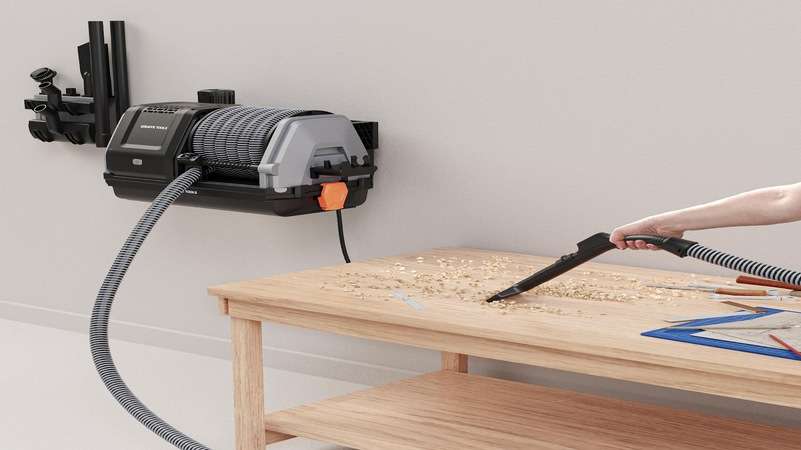Mention gears in a conversation and most people will automatically understand what you mean. Maybe they remember riding a bicycle or once saw the inside of a pendulum clock. In one sense, gears are so common it’s unusual to find someone who can’t identify them on sight.
Ask someone how gears work, though, and it’s an entirely different story. Some of your more mechanically or scientifically inclined peers might know, but most people will struggle for an answer that’s even in the right ballpark.
If you’re curious about what gears do and how they do it, keep reading for our quick guide to gears.
What Are Gears?
In its most basic form, a gear is little more than a round piece of metal with teeth. In most cases, you find them working in pairs or sets where the teeth of the gears lock in with each other.
Different Types of Gears
Over the years, evolving mechanical needs in industrial machinery and consumer products prompted the development of different types of gears. Some of the most common types include:
- Spur
- Helical
- Rack and Pinion
- Bevel
- Worm
The type of gear people run across most often is the spur gear, which is typically flat, circular, and uses straight-cut teeth. These are the kinds of gears you see in watches or on bicycles. For a serious cross-section of gears, check out the different types of gears used in flow control.
What makes a gear one type of gear or another depends on the gear’s shape, tooth design, and how the gears intersect in use.
How Do Gears Work?
A basic gears explanation is that they transfer mechanical force from one part of a machine to another. Let’s take a bicycle as an example.
As your legs pump the pedals, you spin the gear attached to the pedals and provide force. The chain delivers that force to the gear on the rear wheel. The bicycle moves.
Of course, the bike moves faster than the base rate of your pumping legs. This is the “magic trick” of gears.
There is a smaller gear on the rear wheel. That gear spins much faster than the front gear, which moves the rear wheel much faster. If the front and rear gears were the same size, you couldn’t go any faster than you could pump your legs.
A mountain bike uses the same essential principles, but a much more complex gear system.
Gears and You
Unless you design products or repair them, you probably won’t directly interact with gears very often in your life. Even so, gears surround you. They’re in almost everything that has moving parts.
The important part is that you understand that a gear’s main job is the transfer of force from one part of a machine to another. Maye it’s from your legs to a bicycle’s back wheel or from a car engine to the tires.
Looking for more information about how technology works? Head over to our Technology section for more great articles.
















